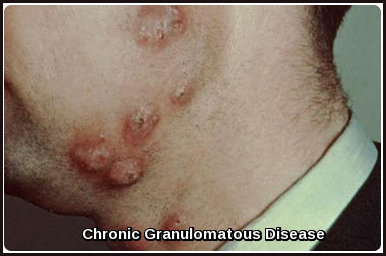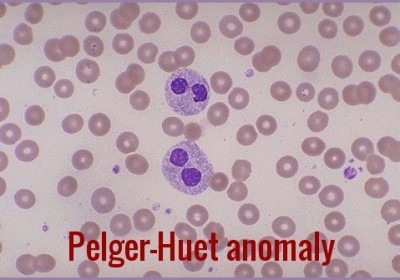Langerhan’s Cell Histiocytosis

Langerhan’s Cell Histiocytosis (LCH), also called Histiocytosis X, is a group of diseases ranging from the relatively benign unifocal eosinophilic granuloma, to the multifocal variant, to the very malignant diffuse histiocytic infiltration previously known as the Letterer-Siwe syndrome which is frequently fatal. This disorder is characterized by an abnormal increase in certain immune cells called histiocyte cells. Histiocyte cells are […]
Read more





